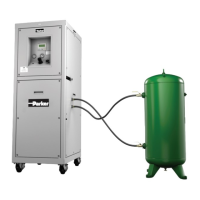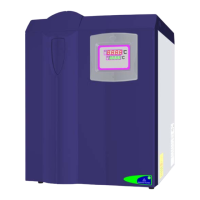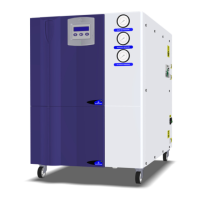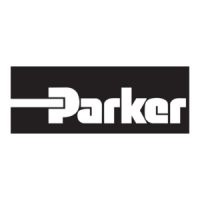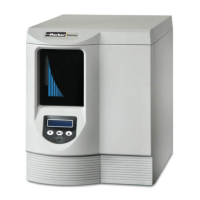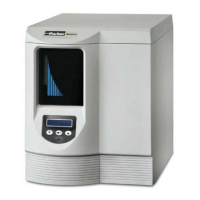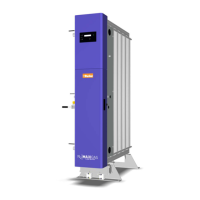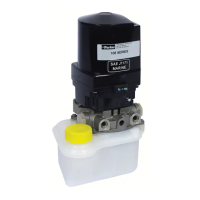Why does the oxygen analyzer value vary from the expected value on my Parker DB?
- SscottjustinJul 29, 2025
If the oxygen analyzer value on your Parker Portable Generator varies from the expected value, consider the following potential causes: * Check the flow rate setting against the nitrogen flow tables. * The oxygen sensor may have lost calibration. * The system flow may be exceeding the specified flow for the given purity. * The sample line could be leaking. * The oxygen sensor might have reached the end of its life.
